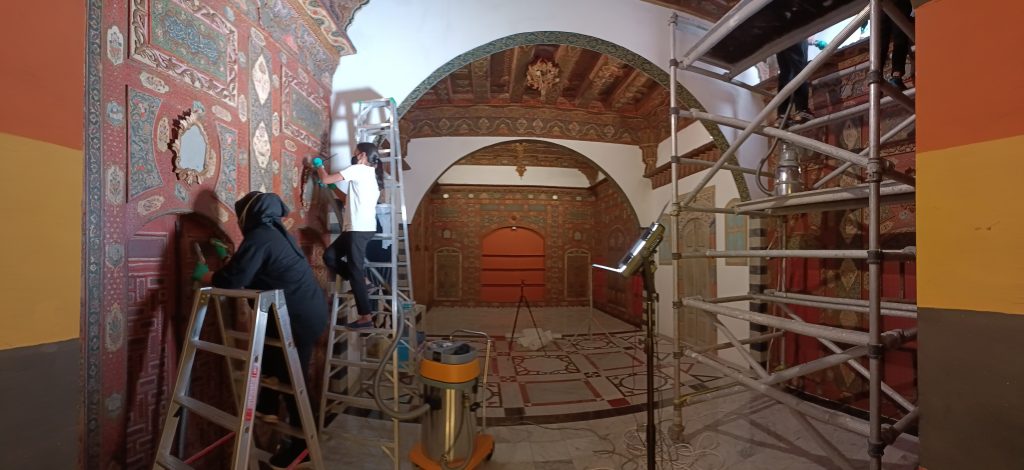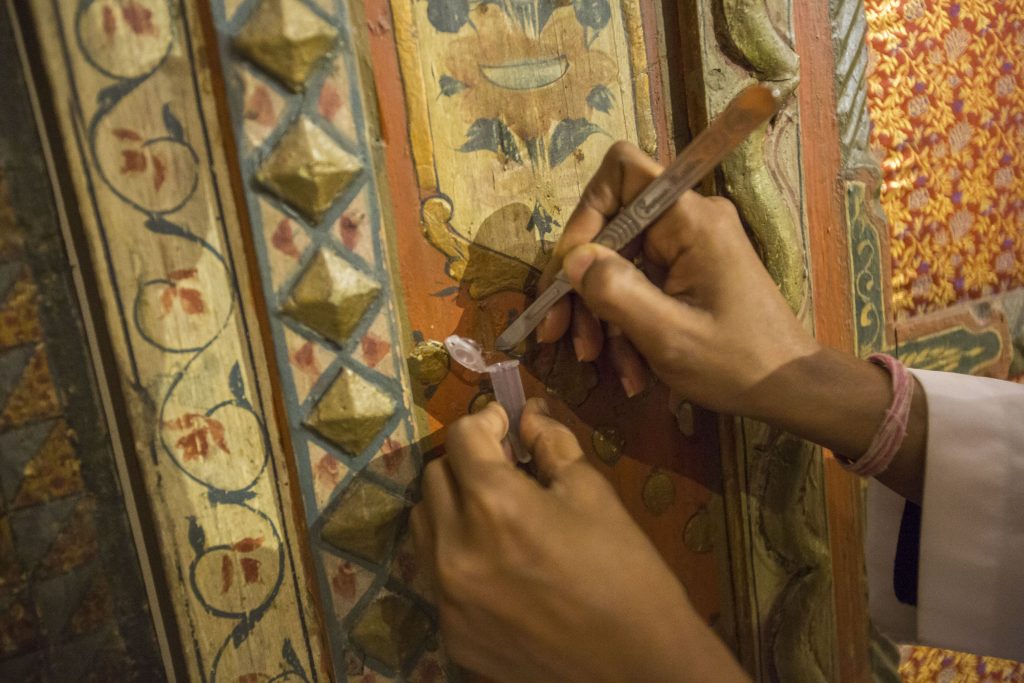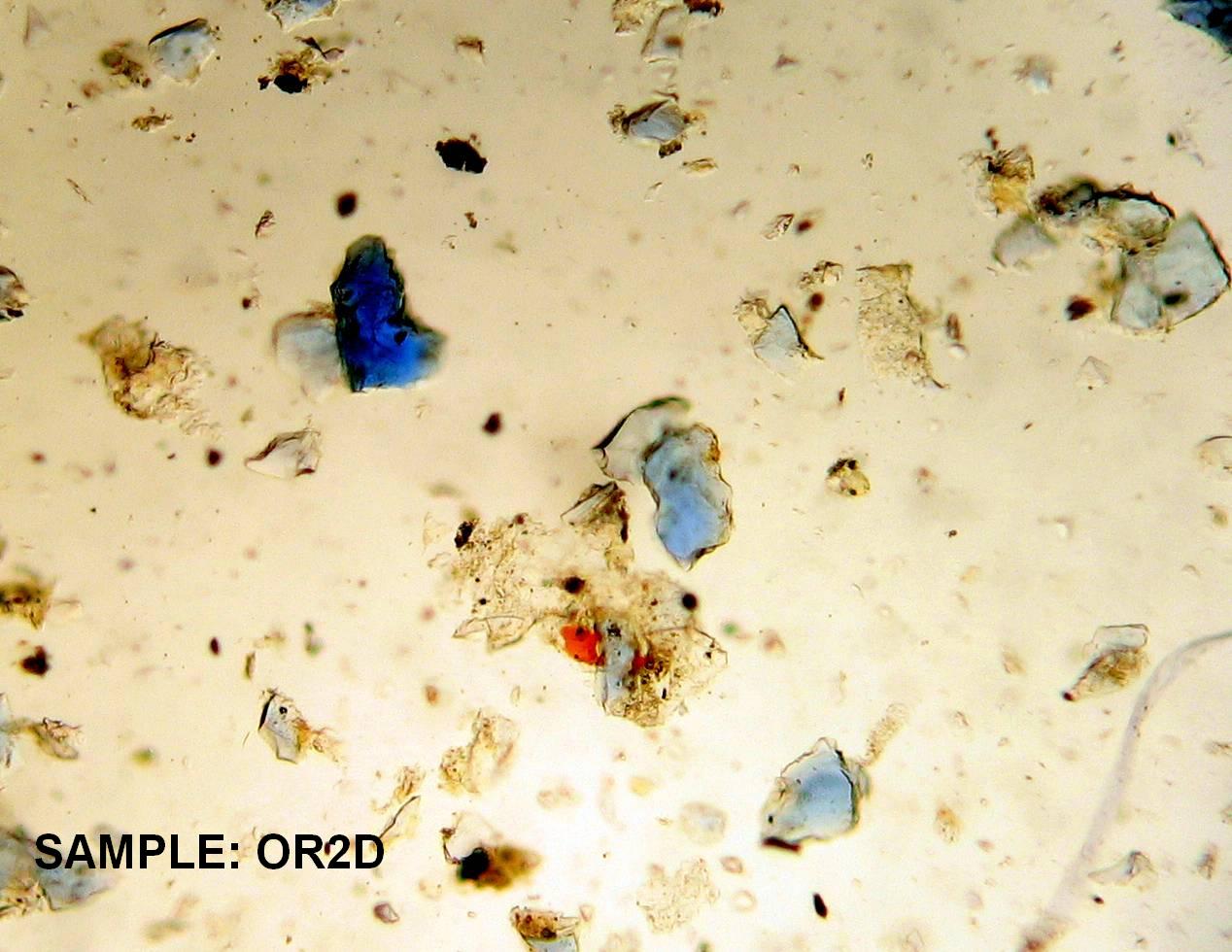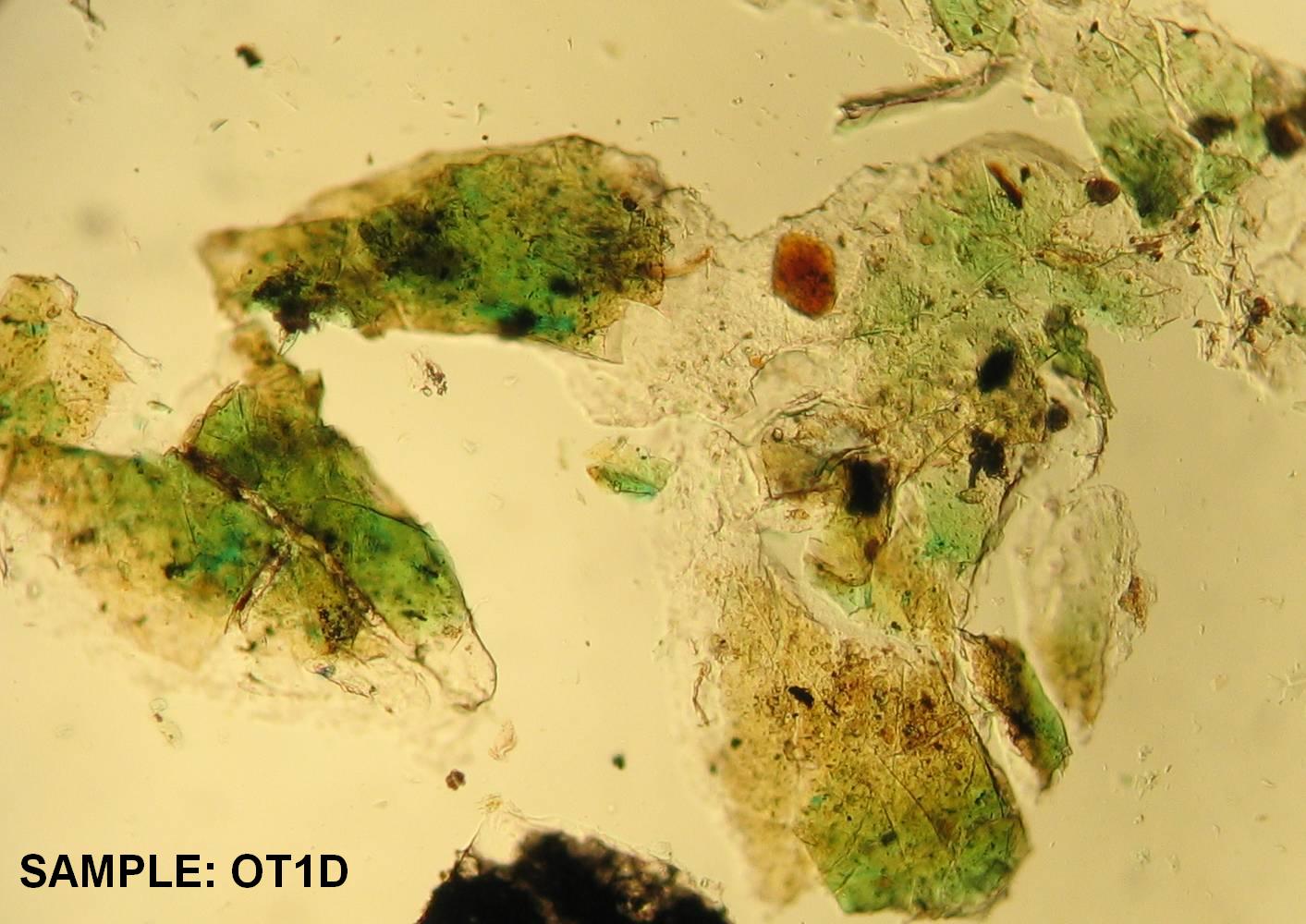
The Damascus room at the Islamic Arts Museum Malaysia is a magnificent reception chamber (qa’a) from a nineteenth century private Syrian house. It is among the few remaining original reconstructed rooms of this type in the world and utilizes a wide range of materials and techniques in its execution. It is composed of wooden panels decorated in the ‘ajami’ technique of raised gesso, silver leaf and bright colours.
Each decorative panel is so skilfully interwoven into adjacent panels that the seamless pattern lends a tapestry-like quality to the room which can be admired for both its separate strands of decoration and for its totality as a single work of art. However, after many years of use, its vibrant colours and gilding has faded and it’s varnishing darkened; giving the room a dull appearance. How does a conservator tackle this scenario?
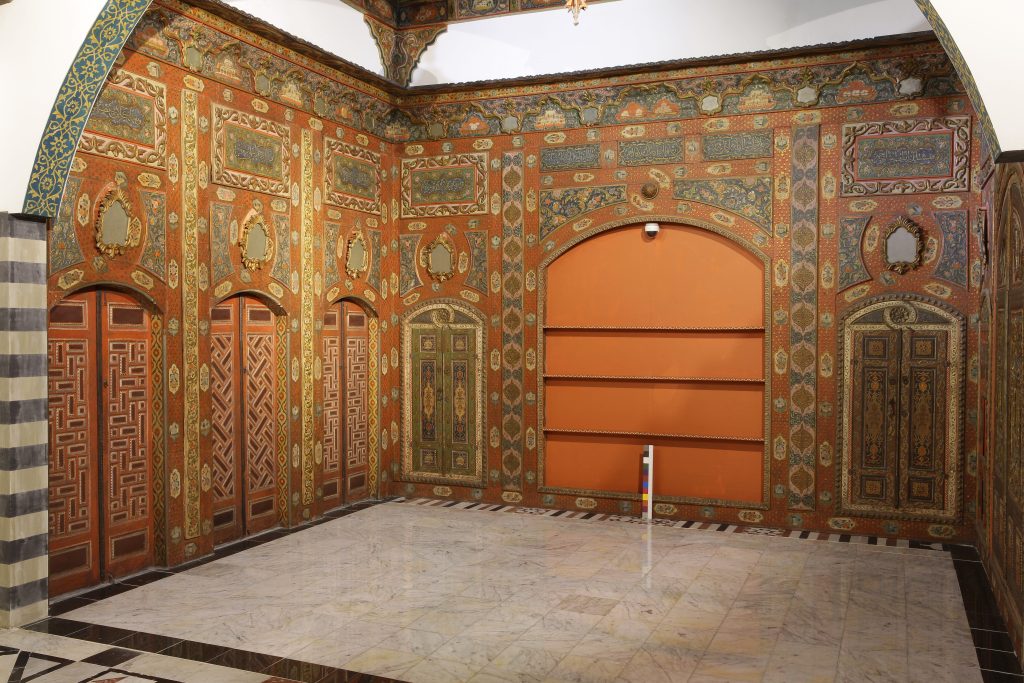
The first step toward a successful conservation work is knowing the object - understanding the physical and chemical make-up of each component and their interaction with the surrounding museum environment. What are the reasons for choosing one method among many? Which presentation of the object should be preferred? These are questions a conservator has to ask themselves before deciding on the next course of action.
Observing the paint segment using a polarizing light microscope, revealed the use of red lead, green earth (celadonite and glauconite), lead white (lead oxide), ultramarine (lapis lazuli) and silver leaf in the decoration. It also revealed the complex multi-layered structures consisting of numerous foundation layers, middle layers and top coats
The overall assessment provided a better understanding of the rooms’ materiality and indicated that the while the room was in a stable condition, a long-term preventive conservation strategy was required to maintain its current state. A yearly surface cleaning programme of the room was established including measuring the dust levels, regular conservation inspections and environmental control of the relative humidity and temperature.
